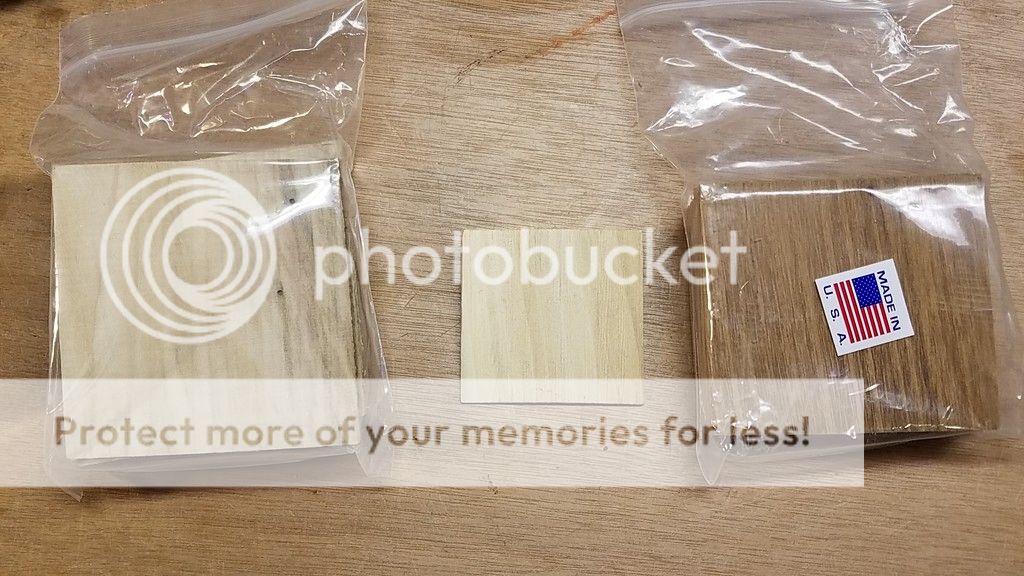- Joined
- Sep 3, 2014
- Messages
- 3,741
So I placed an order for some Thrane wedges, as I was sick of making my own. If I can order quality wedges for a good price, why not? Anyway, they seem to have flat rate shipping so if I order a dozen wedges the shipping is $15. If I order 6 dozen the shipping is $15. I may have ordered a couple years worth, but the cost per wedge goes down. These ended up averaging 85 cents each shipped. I got 48 poplar, 12 black walnut and 12 locust. I'm happy with the what I got for the price. The only downside is that it took a month to get them. I wasn't in a super hurry but I could have been. Maybe it was the size of my order. No biggie but be aware. Also, they are not uniform in size and many are huge. The second picture has a standard axe wedge in the middle for scale. Some of them are like shingles, and not all thin enough at the tip to enter the kerf without putting onto the belt sander first. I will need to cut and reshape some of these which is a bummer, but the price makes up for it.





